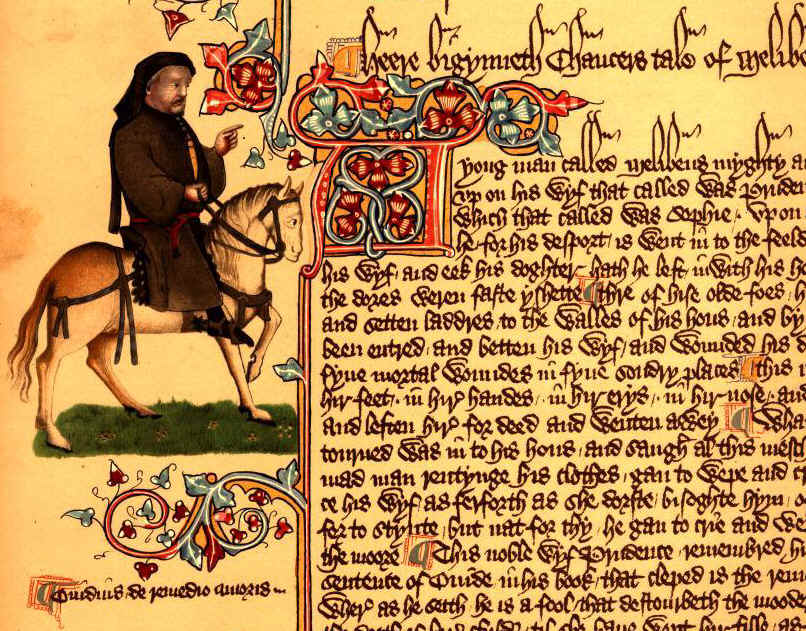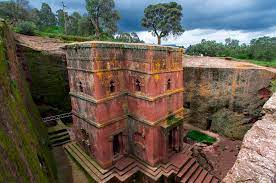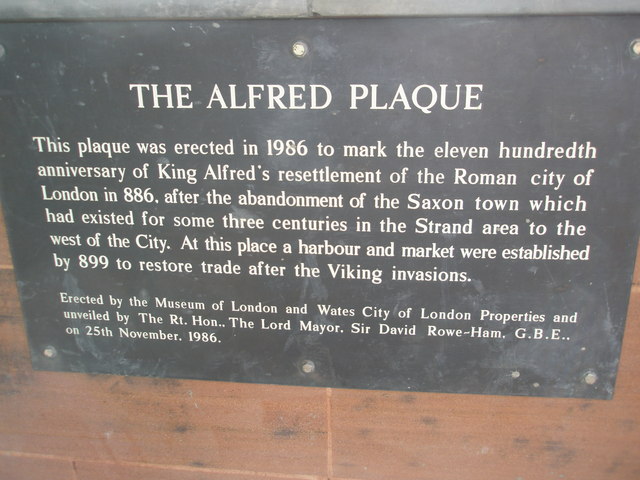Since Becket has been on my mind (and on these pages) the past week, I cannot help thinking about how many people are probably familiar with him through the movie Becket, based on the play by Jean Anouilh. Made in 1964, it stars Richard Burton as Becket and Peter O'Toole as Henry II. The portrayal of Becket and his relationship with the king is inaccurate; Anouilh based it on a book he bought for his library whose green cover he thought would look good on his shelves. The book was not a true history, but Anouilh found that out after finishing the play, and altering his characters to reflect the truth would involve rewriting the entire play.
Perhaps it was the success of Becket that prompted the filming of A Man For All Seasons, based on the play by Robert Bolt of the same name, in which we see the tumultuous consequences suffered by (Saint) Sir Thomas More (Paul Scofield) when he refused to acknowledge King Henry VIII (Robert Shaw, probably better remembered to modern audiences as Captain Quint in Jaws) as the head of the new Church of England.
Peter O'Toole would play Henry II again in 1967, against Katharine Hepburn as Eleanor of Aquitaine, in The Lion in Winter. Like Becket, the movie was good, though the history was bad.
I've also mentioned The Anarchy as the backdrop for part of Theobald of Bec's career. The Anarchy is the era in which the Brother Cadfael mysteries of Ellis Peters take place.
I call Pope Celestine V "the pope who quit"; Dan Brown's Angels and Demons book and movie use him as an example of a murdered pope. (Dan Brown's books should not be used as history.)
Speaking of bad history and historical conspiracy theories, William of Gellone is a prominent figure in Holy Blood, Holy Grail by Baigent, Leigh, and Lincoln. Dan Brown's work shows the influence of this book.
...and that's enough trivia for another several months.
I've also mentioned The Anarchy as the backdrop for part of Theobald of Bec's career. The Anarchy is the era in which the Brother Cadfael mysteries of Ellis Peters take place.
I call Pope Celestine V "the pope who quit"; Dan Brown's Angels and Demons book and movie use him as an example of a murdered pope. (Dan Brown's books should not be used as history.)
Speaking of bad history and historical conspiracy theories, William of Gellone is a prominent figure in Holy Blood, Holy Grail by Baigent, Leigh, and Lincoln. Dan Brown's work shows the influence of this book.
...and that's enough trivia for another several months.














